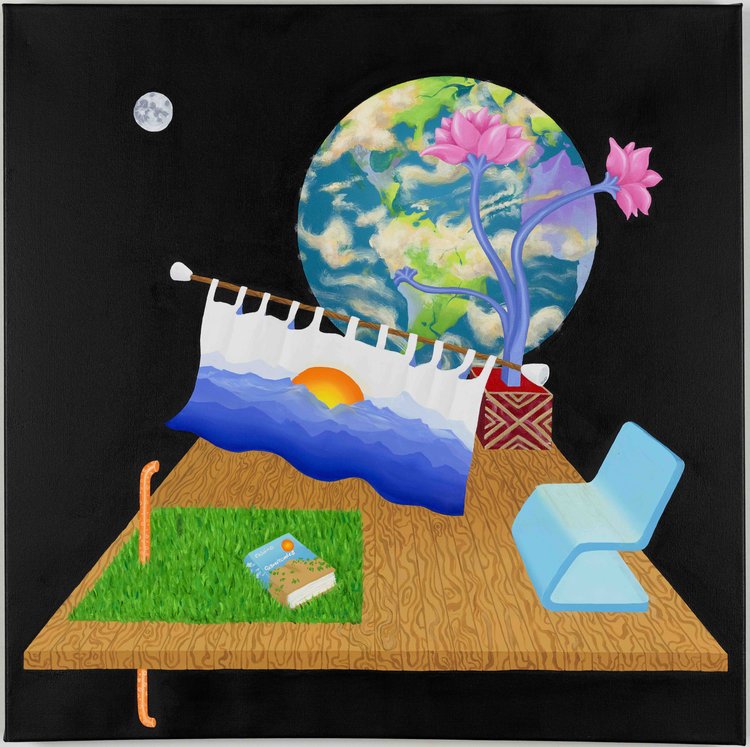bio: Se Jong Cho
Photo credit: Marc Miller
When I immigrated to the United States as a teenager, I gave up painting because I thought realizing the “American Dream” would be more feasible through the pursuit of STEM education. I lived without painting for over a decade while getting an undergrad and graduate degrees in civil engineering and environmental sciences. I spent much of my academic career with doubts about my aptitude in science, feeling like an imposter—an artist in scientist disguise. Then, I started painting while I was pursuing a PhD in environmental engineering at Johns Hopkins University. To my amazement, it was the act of painting that empowered me to complete my scientific pursuit. Painting taught me to recognize the incremental nature of progress and to cultivate faith in my own capabilities.
Now after painting for several years, I began to appreciate the entanglement of art and science in my life. My training as a scientist taught me to become observant and to think critically, and painting renewed my sense of curiosity. I cultivated my brand of imagination through the studies in science, and developed my painting techniques informed by engineering discipline. My scientific research is also taking a new path in the integration of art and science because while sciences can provide data and facts about environmental issues, it is often not sufficient to influence our decision-making and promote conservation behavior. Susan Sontag observed that works of art “give rise not to conceptual knowledge but to something like an excitation, a phenomenon of commitment, judgment in a state of thralldom or captivation.” Art touches people where science can't reach. I believe that a strong coalition between science and art must be formed to address some of the most pressing social issues in the world.
My painting practice has expanded the social platform to contribute my voice that has evolved through my experiences as a woman, immigrant, and scientist. Octavia Butler said that “most Humans lose access to old memories as they acquire new ones. They keep what experience has taught them—usually—but lose the experience itself.”Artists and scientists perform the function of archivists: we examine, quantify, and document our experiences so we may recall how we got here and to check the established system of beliefs. Therefore, I am steering my practice to integrate multi-disciplinary perspectives to produce a new artistic experience as a way to effectively engage the audience, rather than a didactic approach to addressing social issues. I intend to expose the audience to the social and scientific foundations of historical experiences as the context for our present conditions and dreams for the future.
View my artist CV
View my Scientist CV

